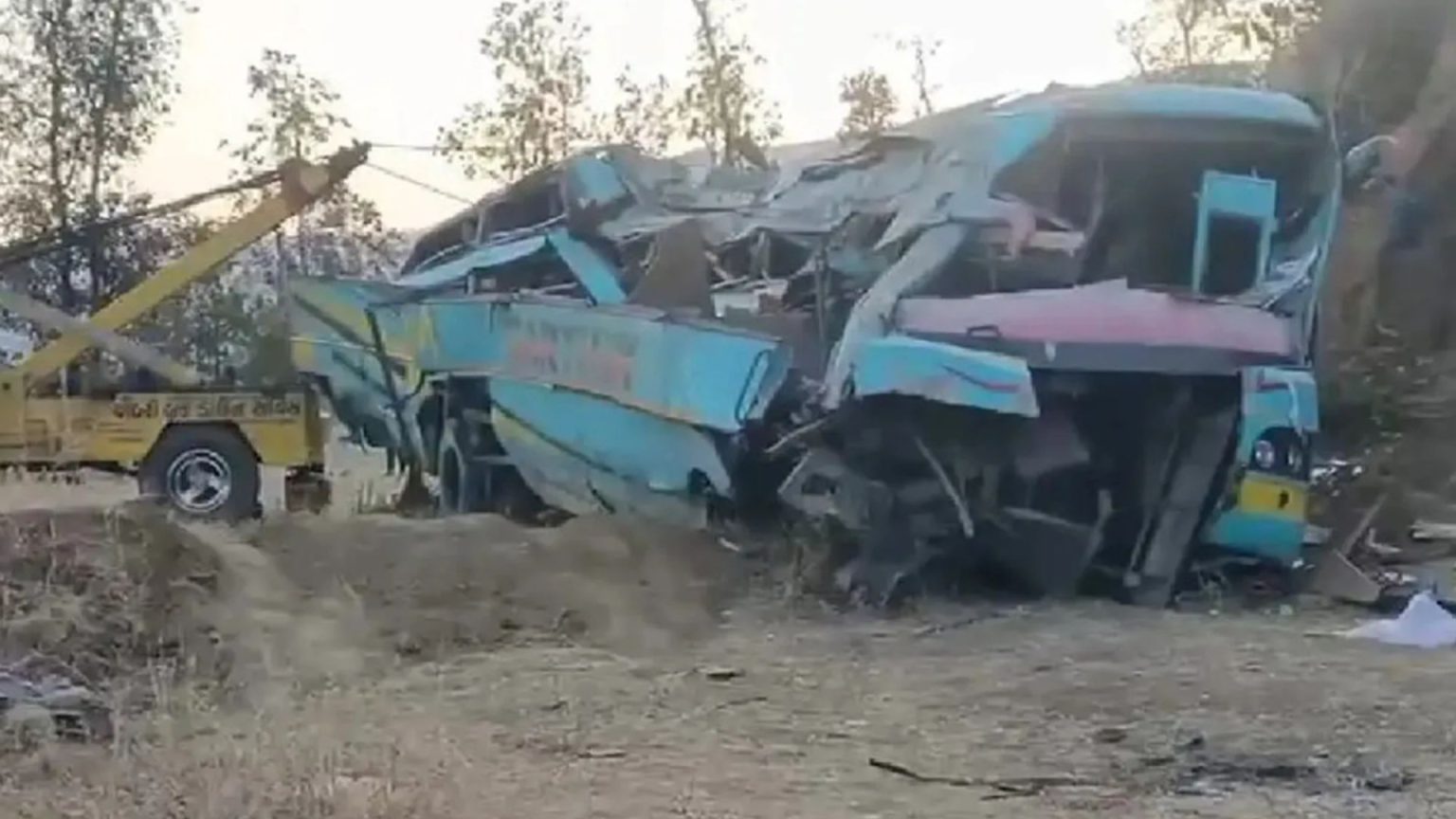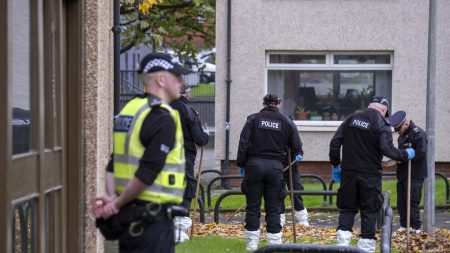A devastating bus accident in Gujarat, India, claimed the lives of seven pilgrims and left 15 others injured, highlighting the precarious nature of road safety and the vulnerability of passengers traveling in challenging terrains. The tragic incident unfolded in the early hours of Sunday morning when a luxury bus, carrying 48 pilgrims, plunged into a 200-foot gorge after losing control and crashing through a barrier. The bus, en route from Madhya Pradesh to Dwarka in Gujarat, was traversing the Nashik-Gujarat highway when the driver, who was among the deceased, reportedly lost control of the vehicle shortly after a tea break at Saputara hill station.
Initial reports suggest that brake failure may have been the primary cause of the accident. Passengers recounted having tea and breakfast at Saputara before resuming their journey, and it is suspected that the driver lost control due to the malfunctioning brakes. Local official Mahesh Patel confirmed the likelihood of brake failure as the cause, adding that medical staff were working tirelessly to provide care for the injured. The impact of the crash was catastrophic, with the bus sustaining extensive damage, including a completely collapsed roof.
The pilgrims, hailing from Madhya Pradesh, were on a religious journey to Dwarka, a significant pilgrimage site in Gujarat. The accident casts a somber shadow over their spiritual quest, transforming what was meant to be a journey of devotion into a tragedy of immense proportions. The incident also underscores the need for stricter adherence to safety regulations and regular maintenance checks for vehicles, especially those operating in hilly or mountainous regions.
This tragic bus accident follows closely on the heels of another devastating incident at the Kumbh Mela, a major religious festival in India, where 30 people lost their lives in a crowd stampede. The Kumbh Mela draws tens of millions of pilgrims, and the recent tragedies highlight the challenges associated with managing large crowds and ensuring the safety of participants during such events. The juxtaposition of these two incidents raises serious concerns about the safety measures in place for both road travel and large gatherings in India.
The loss of life in both the bus accident and the Kumbh Mela stampede serves as a stark reminder of the fragility of life and the importance of prioritizing safety in all aspects of public life. The Indian government and relevant authorities will need to conduct thorough investigations into both incidents to identify the underlying causes and implement necessary preventive measures to avoid such tragedies in the future. The focus needs to shift towards enhancing safety protocols, enforcing stricter regulations, and raising public awareness about safe travel and crowd management practices.
The aftermath of the bus accident saw a swift response from local authorities and medical personnel, who rushed to the scene to provide assistance to the victims. The injured were transported to hospitals for treatment, and authorities initiated an investigation into the circumstances surrounding the accident. The incident has brought the issue of road safety into sharp focus, prompting calls for stricter regulations and improved infrastructure to prevent similar tragedies. The grieving families of the deceased are left to grapple with the immense loss, while the survivors begin the long road to recovery, both physically and emotionally.











